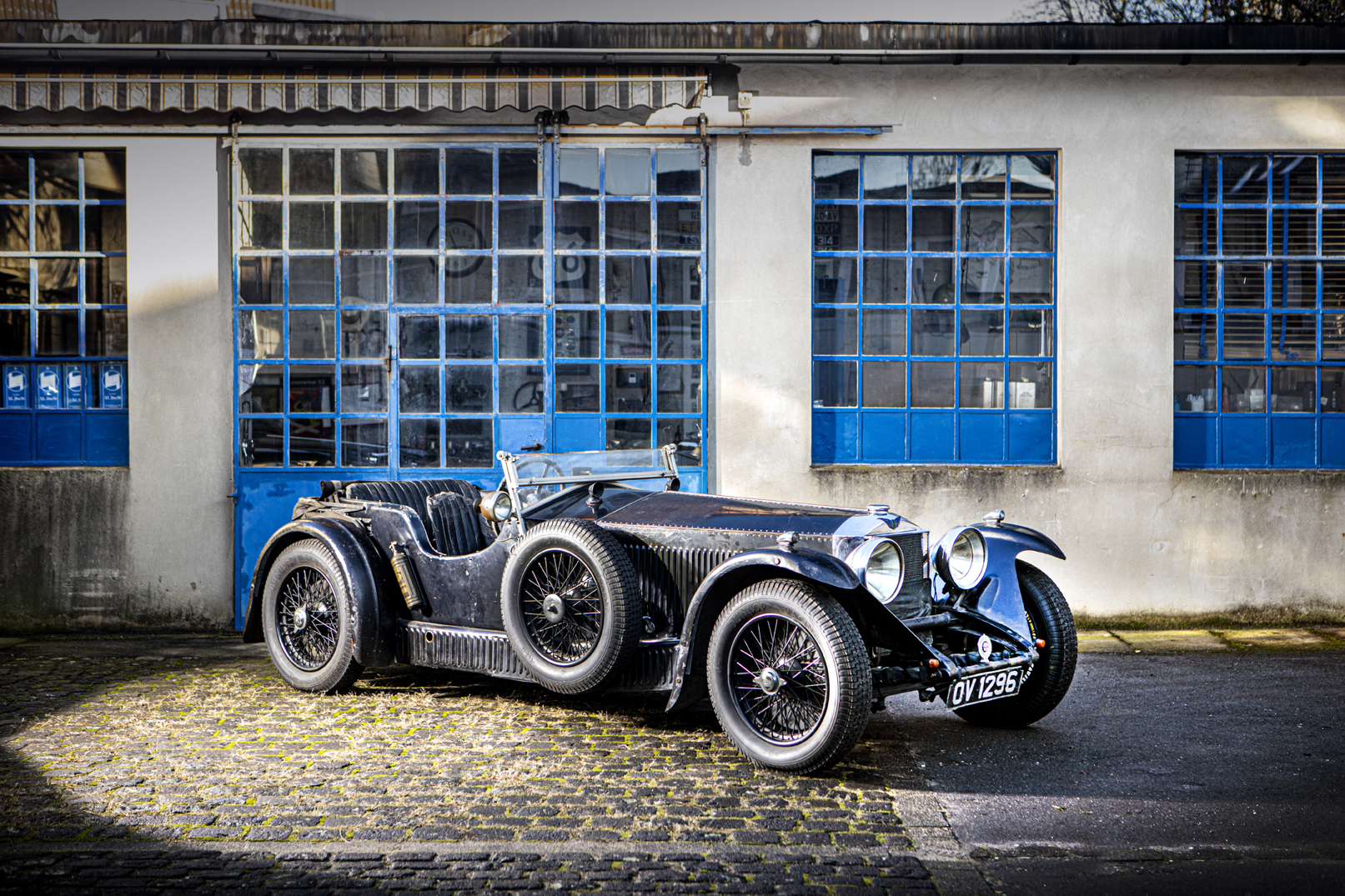Chassis Number: S75
In an era when most cars stood tall, the 4½-Litre S-type Invicta, with its dramatically lowered chassis, caused a sensation. Few sports cars before or since have so looked the part.
The Invicta Company’s origins go back to 1924, when Noel Macklin and Oliver Lyle, both of whom had motor-industry experience, got together to create a car combining American levels of flexibility and performance with European quality and roadholding.
Apart from a handful of prototypes, all Invictas were powered by the tireless 6-cylinder engines made by Henry Meadows. Launched at the 1930 Olympia Motor Show, the S-type featured a new underslung chassis that achieved a much lower center of gravity by positioning the rear axle above the frame rails instead of below, as was normal practice at the time.
The popular “100 mph Invicta” tag notwithstanding, standard cars had a — still impressive — top speed of around 95 mph, with more to come in racing trim. However, the S-type Invicta was primarily a very fast, comfortable high-speed touring car, its greatest attribute being an ability to cover a substantial mileage at high average speeds with no strain either to driver or the machinery.

